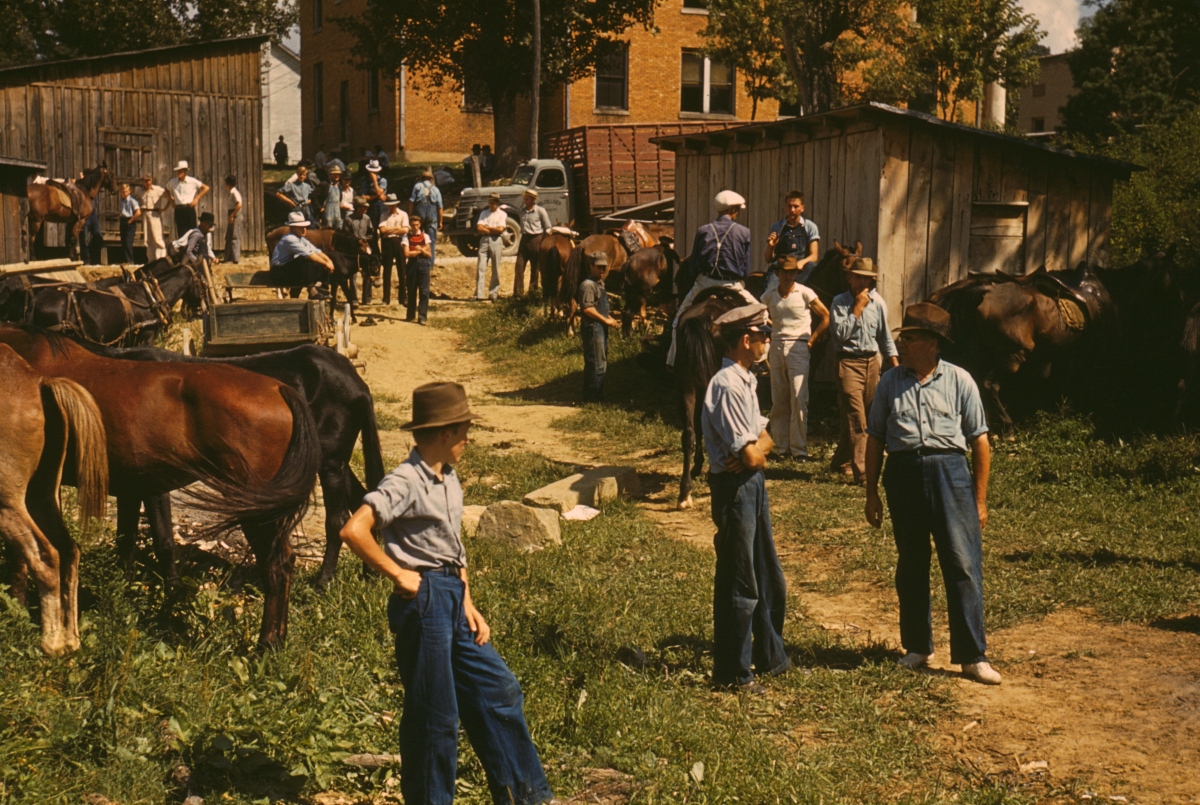9 Fashion Items That Started Life as Workwear
Yesterday’s function is today’s fashion.
From jeans to striped shirts there are so many items of clothing we wear today that most people have no idea are actually inspired by the workwear of yesteryear. The hard labor that modern cities and systems require also takes some workhorse clothing to withstand the abuse. These casual clothes items have been worn and promoted by everyone from fashion designers to hip hop artists to 1950s bad boys. See how they became the everyday garments of millions below.
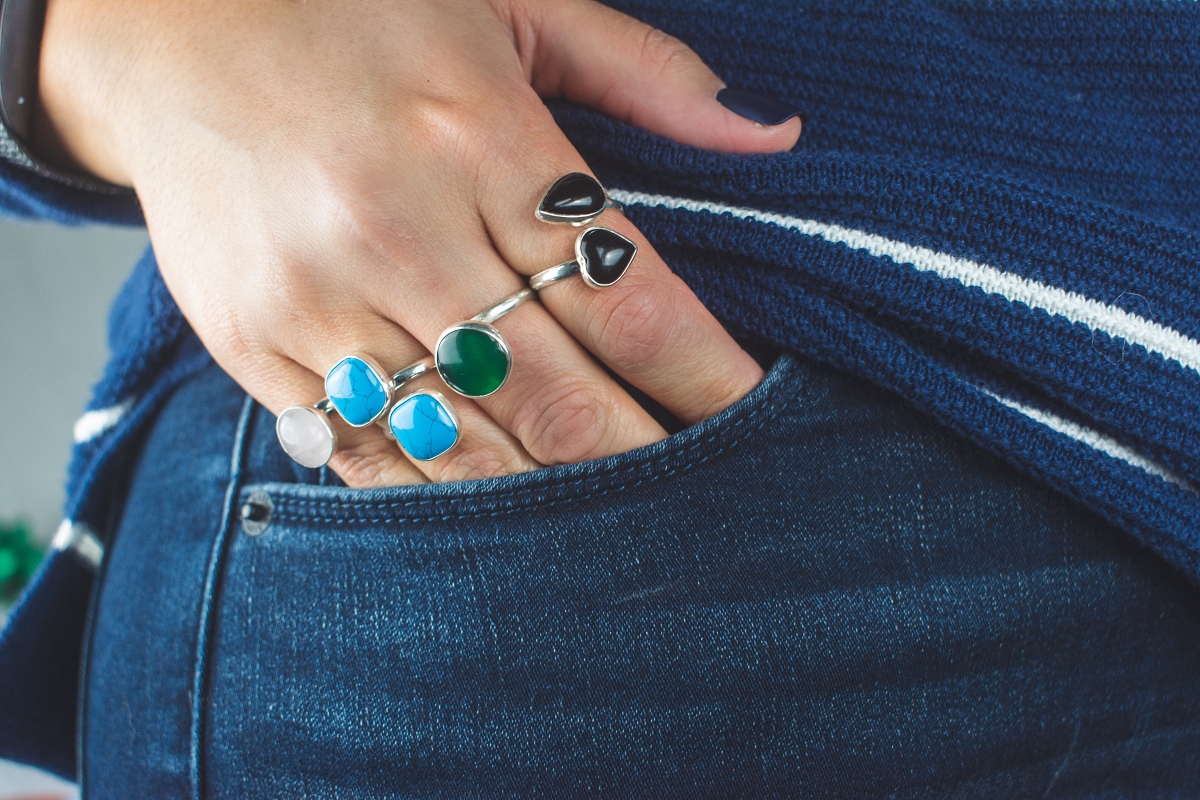
9) Jeans
Today you wouldn’t be able to walk into a crowd without seeing many different styles of jeans. But, flash back to the 1950s or 1960s and this wasn’t the case. So how did they make the jump from strictly workwear to ubiquitous casual wear? They had been designed for miners by Levi Strauss in the 1870s, but greasers and rebels in successful films, like Marlon Brando and James Dean, made them popular with 1950s youth. The pants became a symbol of rebellion from the stiff dress codes of the era. Many schools prohibited jeans completely at the time! Today they are the great equalizer and just about everyone has a pair in their closet.
The first pair of Levi’s for women didn’t arrive until 1934.
8) Overalls
Many men in the 1800s wore suspenders with their pants as was the style. This allowed a man to wear one pair of pants that were a little loose. If he gained or lost a bit of weight it wouldn’t have mattered as much as with more fitted formal items. And, the high waist line of most men’s fashion meant that the suspenders were more comfortable.
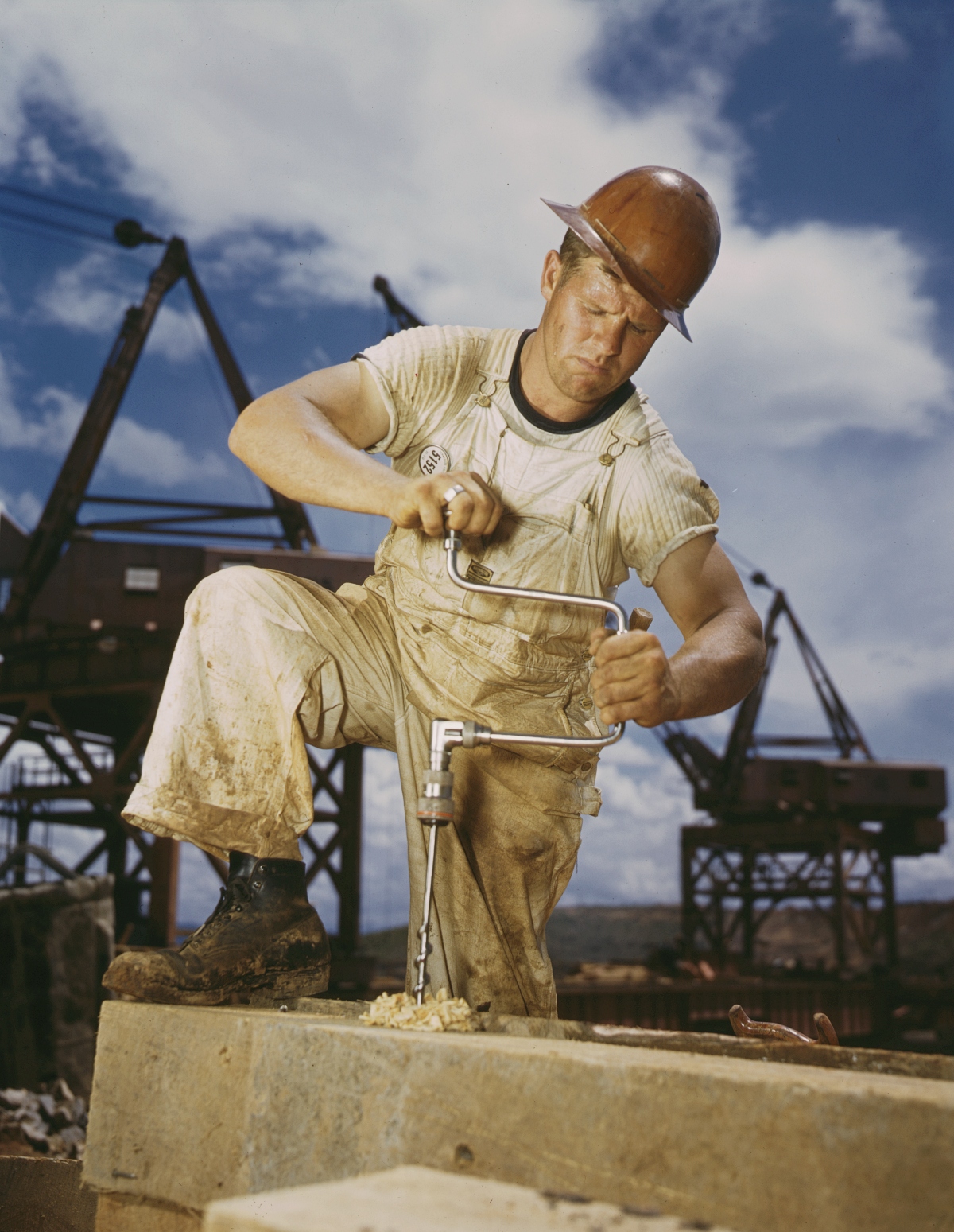
Taking this concept a step further overalls had the suspenders built right in for a durable, comfortable, and practical fit that miners, farmers, road workers, and everyone in between embraced in the early years of the 20th century. When waistlines dropped in the 1920s belts became the fashion, but overalls are still beloved by both farmhands and fashionistas today.
7) Breton Striped Shirts
Look at the inventory of every clothing retailer from Gucci to Target and you’ll find there are probably at least a few Breton striped shirts in their stock. How did this fashion staple become so trendy? Originally the stripes on sailor’s shirts in the French navy was supposed to make it easier to see if one fell overboard. They were often made of jersey for comfort under the sailors’ jackets. These easy garments caught on in the 1920s after Coco Chanel created a line of casual wear in 1917 -including pants- for women. Her coastal chic look has been a mandatory in many people’s wardrobes ever since.
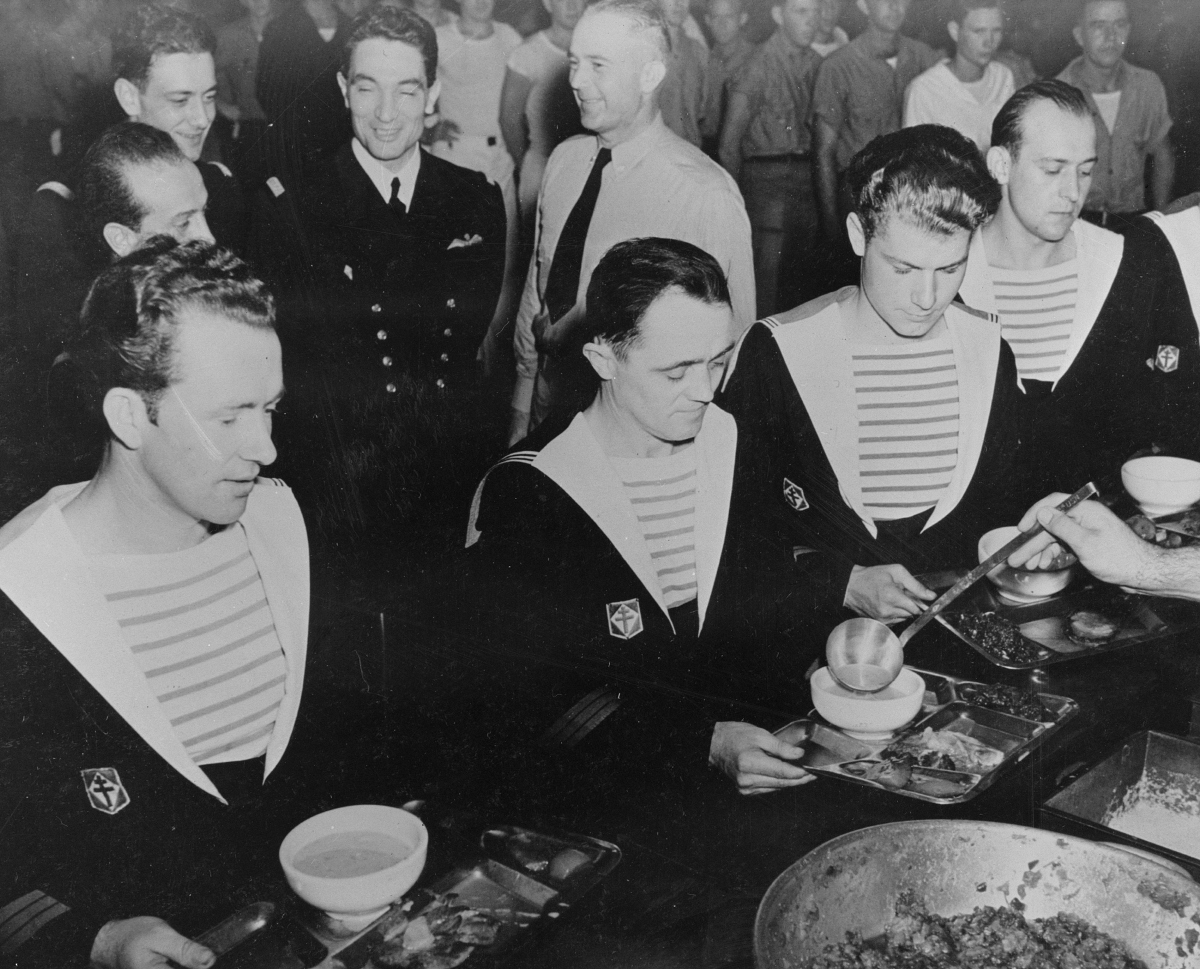
6) Coveralls
Many women during World War II went to work in factories where once only men had worked. While some of these facilities required uniforms of plain skirt suits or dresses, not unlike what waitresses wore, many required women in tougher jobs to wear beefier clothing. The coveralls protected women from flying shards of metal, sparks, and gunpowder that might otherwise have gotten all over them.

As an extension of overalls, some of the first jeans to ever be worn, these all-in-one items have recently caught on for women, especially in pink. It’s hard to imagine a Rosie the Riveter in pink, but who knows? They might have worn bright colors in their work had they been given the chance. Sadly colored denim was still a few years away away during the war.
5) Jean Jackets
Jeans caught on with cowboys, as did the jean jacket. Some cowboys wanted waterproof jackets made from oiled or waxed cotton as their work demanded they be in the rain and all types of weather. What’s caught on as fashion today is the un-oiled variety, sometimes made to be more comfortable than rugged. The first denim jackets were made (you guessed it) by Levi Strauss in 1880 just 10 years after his riveted pants made waves. The first jean jackets were made with pleats held down by a central seam. This seam could be removed and the jacket made roomier by releasing those pleats, making it a versatile piece of outerwear for hardworking men.
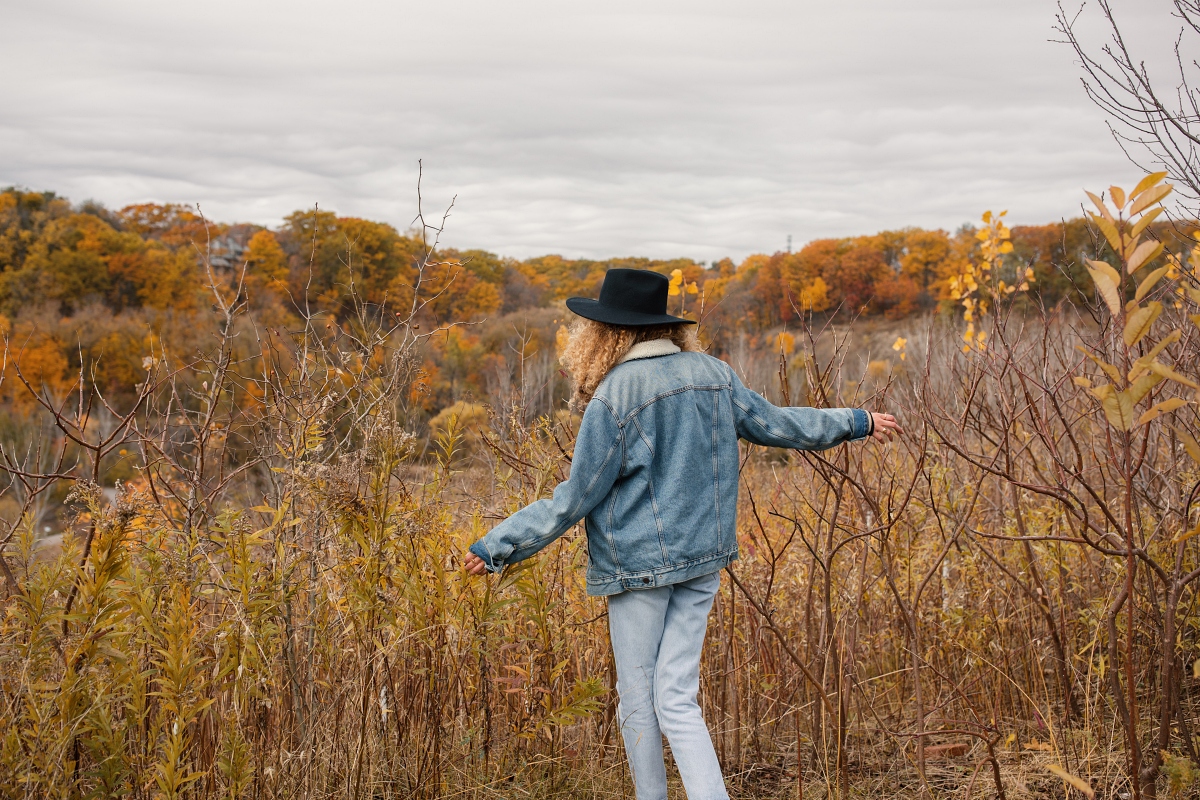
4) Bomber Jackets
The bomber jacket had a revival of interest in the 1980s thanks to the movie Top Gun, but it had enjoyed iconic status even before becoming mainstream. The garment was created to be a windproof jacket and the fur collar helped to keep the pilot’s natural body heat in. At high altitudes many people can experience severe chills since the temperature is colder the higher you go. During World War I pilots in France were given leather jackets to keep them warm and the American forces soon followed suit. At the time cockpits were not yet enclosed, meaning they could only brave the elements using specialized gear.
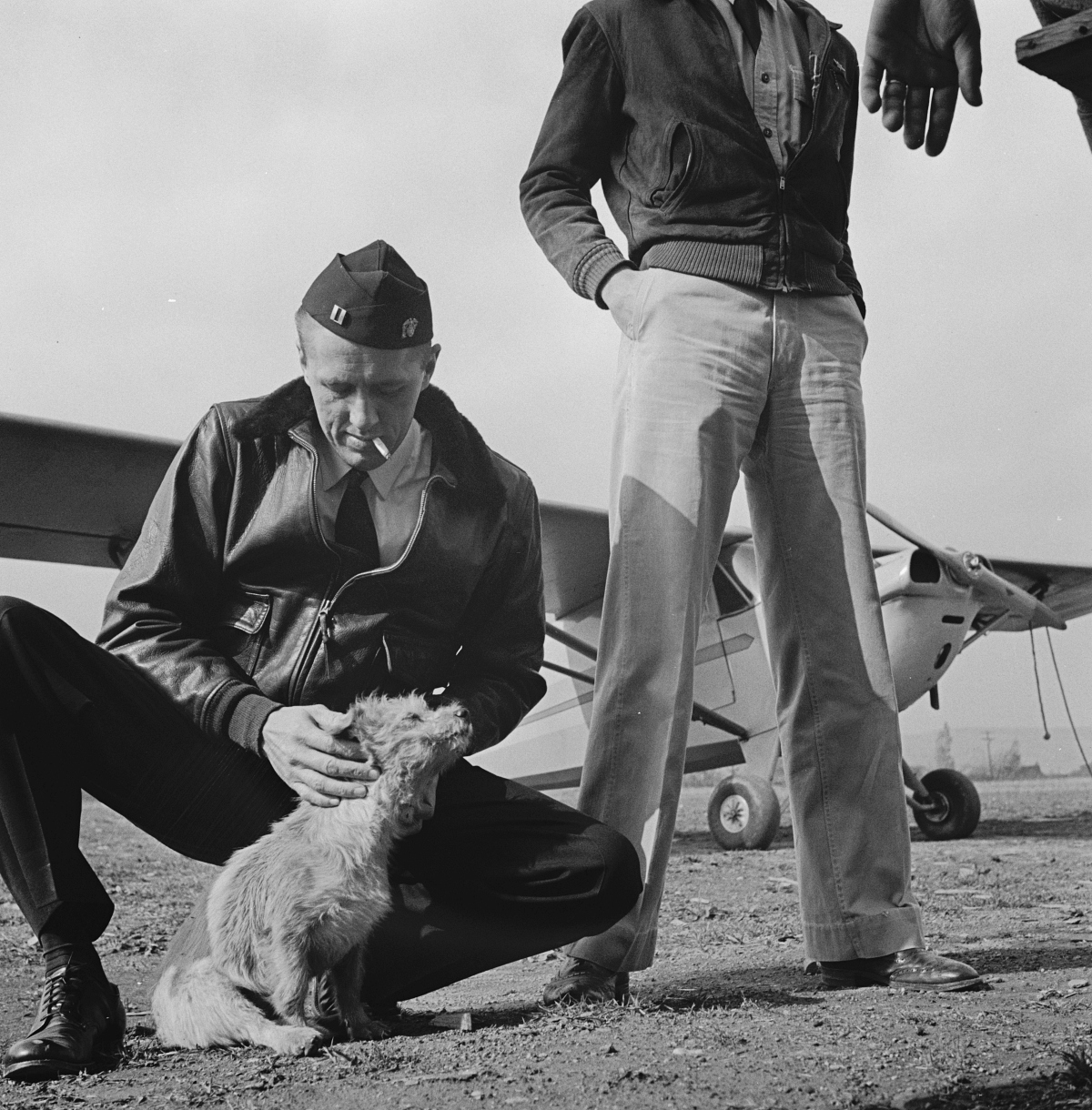
This was standard not only on military aircraft, but also smaller private planes as well, which is why you can see pictures of Amelia Earhart wearing such jackets. By the 1940s planes offered enclosed cockpits, but temperatures could still be quite frosty on bombers. Jumpsuits or flight suits, combined with bomber jackets, made the missions much more bearable.
3) Carpenter Pants
Anyone who remembers the ’90s probably has a story about some carpenters pants. They became really popular alongside other oversized pants like Jncos. The extra pockets and loops added flair to the look, but these little details had purpose back when these pants were first being worn. After jeans became the main option for cowboys and tradesmen, carpenter pants soon came on the scene. Many brands have been making them continuously for decades, despite the fact that they have come in and out of style with non-blue collar workers.

2) Cowboy Boots
The tradition of using horses to get around in saddles arrived in the New World with the Spanish. Horses had once been native to North America, but were returned with the Spanish conquistadors. Soon horse riding was a big part of Mexican and American culture. The steep heels of cowboy boots, developed from Spanish shoe styles, helped keep the rider’s foot firmly in the stirrups. This made long journeys and commanding one’s steed just a little bit easier.

Today cowboy boots are seen as a symbol of Southern and Mexican culture, and particularly represent ranchers and farmers. But, in many places these boots can be more for show than for actually rustling up and cattle.
1) Engineer Stripes
There was time when the train engineer had to stoke the coal fires that powered the engine. This was a complicated job that required being in the heat near the fire, looking out for any problems on the line, and switching tracks and signals to make sure all the proper stops were achieved. As such, it was common for the engineer to have a special set of overalls or coveralls that were protective of their street clothes. The garments were made in vertical stripes of white and blue ticking stripe, with a matching visor cap that identified him immediately as well.
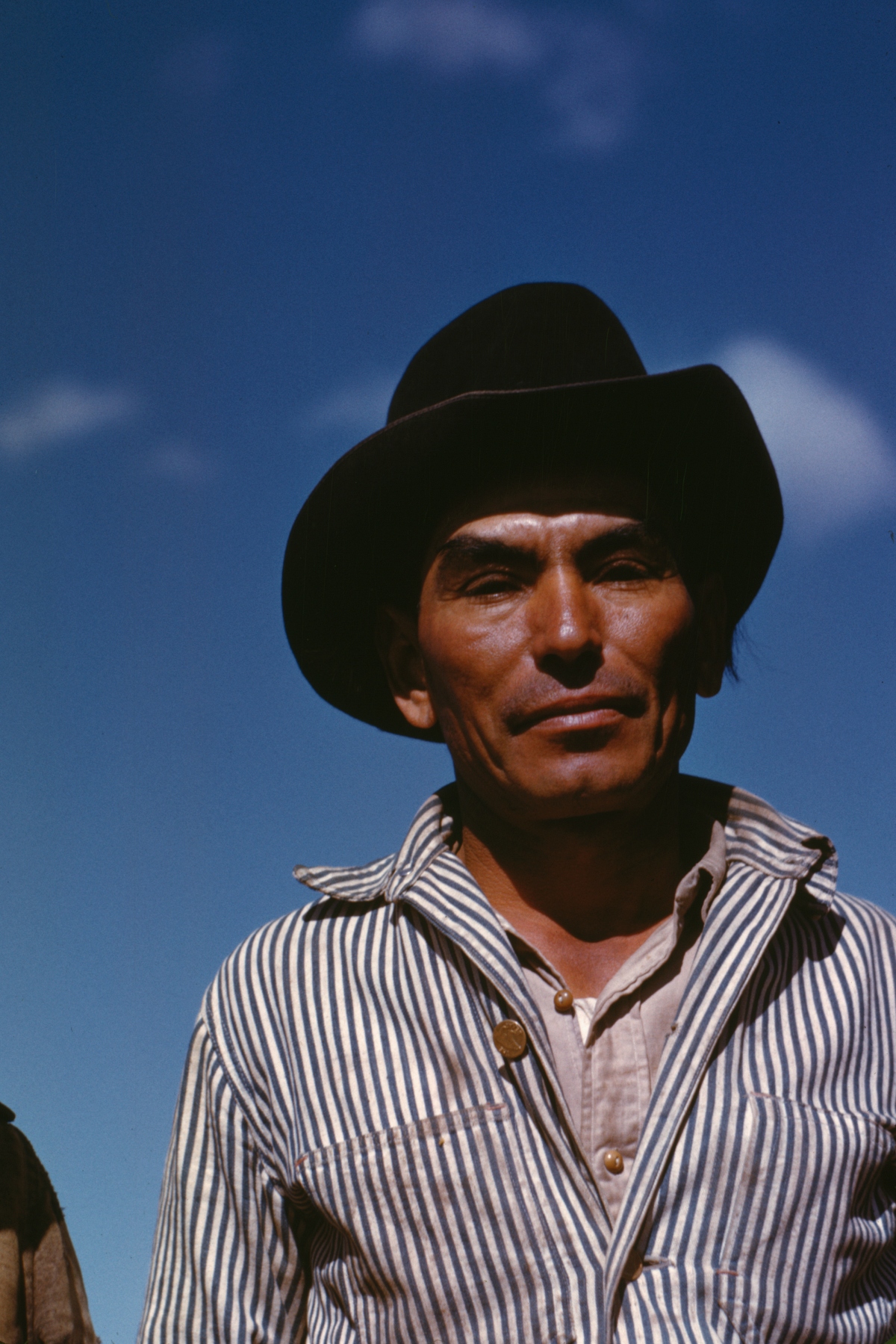
Part-time baseball player, George “Stormy” Kromer around the dawn of the 20th century wore his baseball caps while driving trains for the Chicago-Northwestern Railway. But, he kept losing then in the wind. He asked his wife, Ida, to make him a hat that would stay on. She made one with ear flaps in wool for winter and another in ticking stripe for summer and thus a tradition was born.
SKM: below-content placeholderWhizzco for DOT


